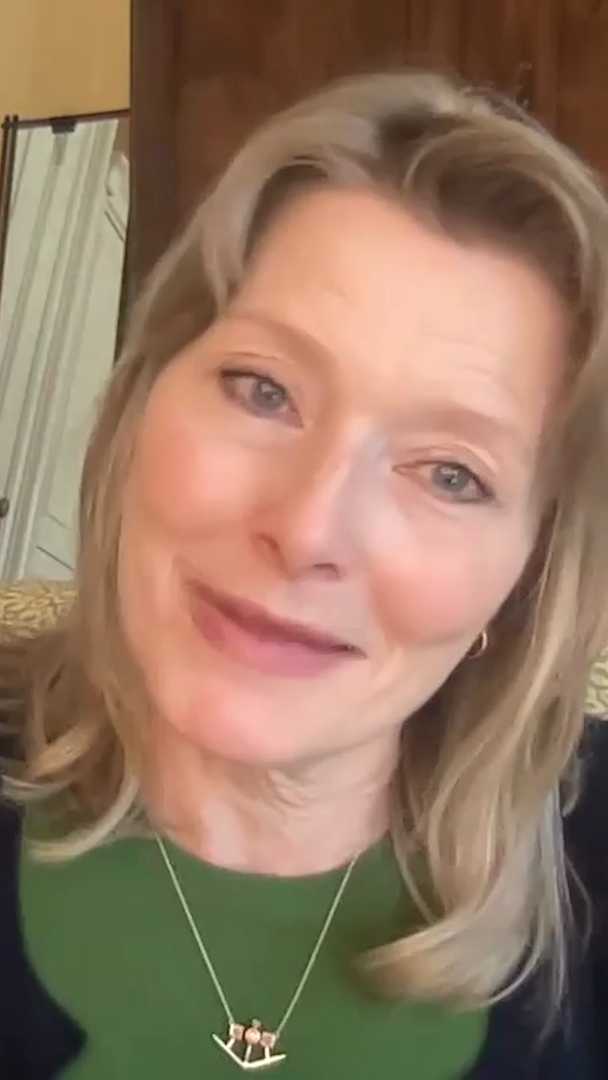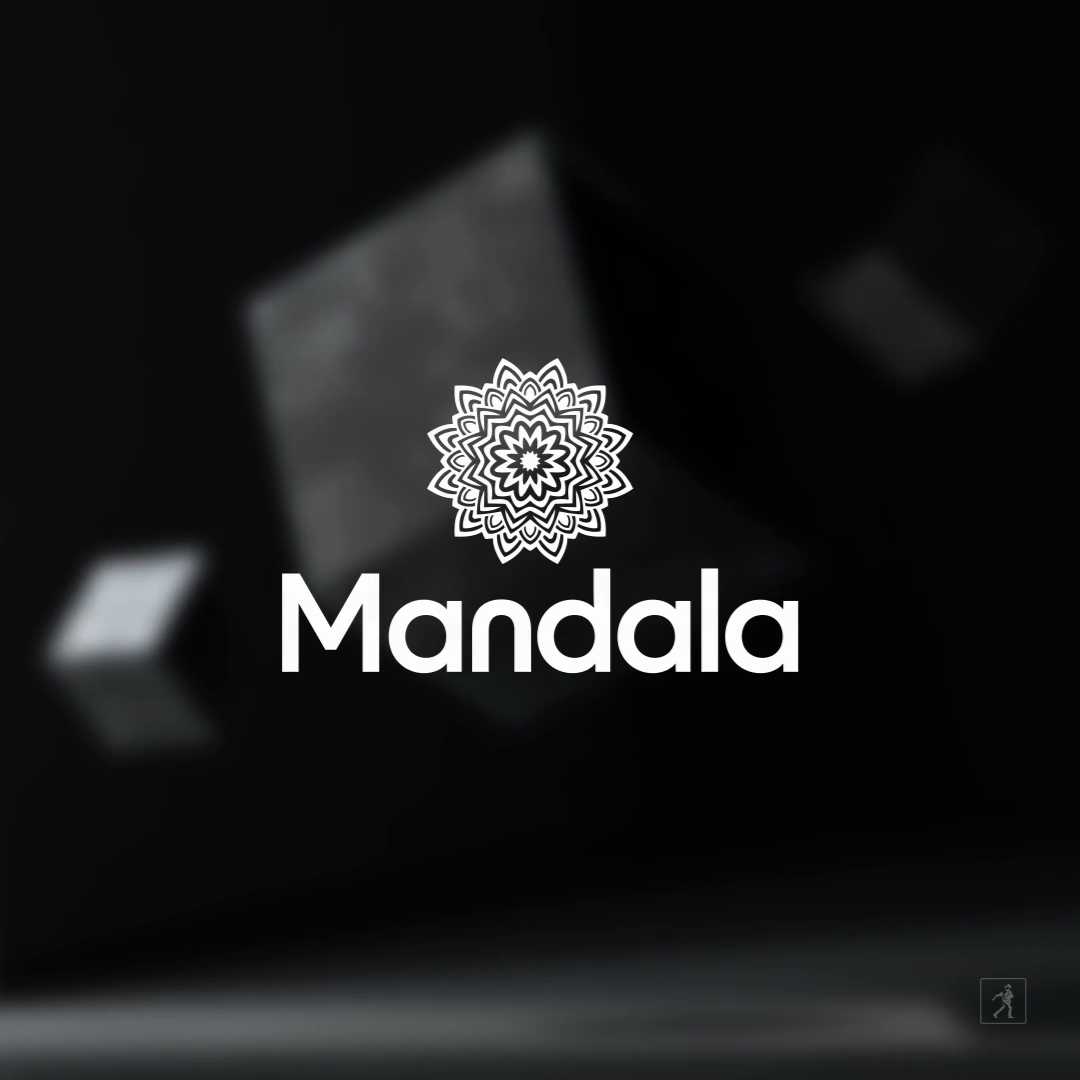Plus, receive recommendations and exclusive offers on all of your favorite books and authors from Simon & Schuster.
Table of Contents
About The Book
ONE of the TOP 10 BOOKS OF THE YEAR by THE NEW YORK TIMES * ENTERTAINMENT WEEKLY * SLATE* THE PHILADELPHIA INQUIRER *
Also named one of the BEST BOOKS OF THE YEAR by Vanity Fair, Time, NPR, The Guardian, Oprah Daily, Self, Vogue, The New Yorker, BBC, Vulture, and many more!
OLIVIA WILDE to direct A24's TV adaptation of THE CANDY HOUSE and A VISIT FROM THE GOON SQUAD!
From one of the most celebrated writers of our time comes an “inventive, effervescent” (Oprah Daily) novel about the memory and quest for authenticity and human connection.
The Candy House opens with the staggeringly brilliant Bix Bouton, whose company, Mandala, is so successful that he is “one of those tech demi-gods with whom we’re all on a first name basis.” Bix is forty, with four kids, restless, and desperate for a new idea, when he stumbles into a conversation group, mostly Columbia professors, one of whom is experimenting with downloading or “externalizing” memory. Within a decade, Bix’s new technology, “Own Your Unconscious”—which allows you access to every memory you’ve ever had, and to share your memories in exchange for access to the memories of others—has seduced multitudes.
In the world of Egan’s spectacular imagination, there are “counters” who track and exploit desires and there are “eluders,” those who understand the price of taking a bite of the Candy House. Egan introduces these characters in an astonishing array of narrative styles—from omniscient to first person plural to a duet of voices, an epistolary chapter, and a chapter of tweets. Intellectually dazzling, The Candy House is also a moving testament to the tenacity and transcendence of human longing for connection, family, privacy, and love.
“A beautiful exploration of loss, memory, and history” (San Francisco Chronicle), “this is minimalist maximalism. It’s as if Egan compressed a big 19th-century novel onto a flash drive” (The New York Times).
Reading Group Guide
Get a FREE ebook by joining our mailing list today! Plus, receive recommendations for your next Book Club read.
Introduction
The Candy House follows a number of characters as they grapple with Bix Bouton’s revolutionary technology, “Own Your Unconscious”—a device that allows people to upload and share their memories. Naturally, people disagree on whether a collective consciousness is a good thing. Some of those who despise it become “eluders,” abandoning their online identities even as “counters” try to track their disappearance. In this spectacular imagination of our near future, Egan explores the advantages and perils of invasive technologies, and the deep, universal human need for connection.
Topics & Questions for Discussion
1. In nearly every chapter of The Candy House, characters are in disguise or turn out to be connected to other characters in unexpected ways, or are seen from different perspectives, or are simply strangers to themselves. Talk about Jennifer Egan’s exploration of knowability: how we know ourselves and how others know us.
2. In the first chapter, Bix, disguised as a graduate student, tries to re-create the kinds of discussions he remembers having as a college and graduate student. Why are these dialogues so hard for him to have in his adult life? And how essential is his disguise to the revelation and discovery that follow?
3. The Candy House is made up of stories written in distinct narrative voices and styles. How do these different approaches affect your reading experience? Did you feel a kind of spark when you recognized where the characters’ lives intersected?
4. The Candy House is broken into four sections—“Build” (twice), “Break,” and “Drop”—mimicking the structure of Electronic Dance Music. How do the events of each section fulfill its role in this structure, and how do the sections relate to each other? Discuss why the author might have chosen to organize her book this way.
5. Seeking authenticity is a core theme of The Candy House. According to Alfred Hollander, authenticity requires “violent unmasking” (page 30), which is why he uses disruptive behavior, such as screaming in public, to produce unfiltered reactions. What do you make of Alfred’s philosophy? Does technology like social media lead to less authentic communication and experience? What are the limitations of Alfred’s solutions?
6. If the “Own Your Unconscious” technology were real, would you use it? What are its advantages and disadvantages? Are elements of Own Your Unconscious already present in the Internet? Would you externalize your memories to the Collective Consciousness or would you become an eluder . . . or something in between?
7. Miles Hollander is a mystery to himself. He is baffled by the differing outcomes in his own life and his cousin Sasha’s. Yet when he goes up in a hot air balloon and sees Sasha’s artwork from above, everything comes into perspective for Miles—both his cousin’s sculptures and his life. Talk about Miles’s discovery, and how and why distance—and art—help him to make it. What kept him from seeing things clearly before?
8. Data experts are called “counters” in the Candy House. For some, like Lincoln, being a counter is not just a job but an identity—counters are hyperanalytical people who “understood numbers before . . . language” (page 81). What perspective do we gain by breaking down the human experience into data? And where does the mystery of human experience lie—the part that data cannot describe? Is it possible to reconcile those two realties?
9. Throughout “Rhyme Scheme,” Lincoln refers to “empiricists” and “impressionists.” How does he describe these two groups? And how accurate do these categories really seem to be, both in this chapter and throughout the novel?
10. In “Bright Day,” Roxy watches a Dungeons & Dragons game each week at her drug treatment center. She marvels at how characters are created and how players become absorbed in the game. What role does D&D play in telling Roxy’s own story? How do her observations on the game apply to the other characters’ experiences in the novel?
11. “Proxies” are professionals who cover up for eluders by maintaining their abandoned identities online. Most proxies are fiction writers who impersonate multiple identities at once. Think about why someone might become a proxy. Would you? What is the significance of fiction writers taking such a job? Are all novelists proxies of a sort?
12. Across the novel, we see characters through several perspectives, including their own. We see them through the eyes of those who are close to them and those who only know them slightly. What do you make of this holistic view? What might you learn if you could see yourself in this way—and would you want to? What does this storytelling approach allow Egan to do that she might not be able to, using a more traditional structure?
13. “Lulu the Spy, 2032” and “See Below” use the two most unusual narrative styles in the novel. Why do you think Egan chose to approach these particular chapters as she did? Imagine that these stories were told in a more conventional format. What would be lost?
14. In “Eureka Gold,” we learn of the tension and conflict between Bix Bouton and his youngest child, Gregory. What is the nature of the gulf between them? And how does their father-son tension reflect the larger concerns in The Candy House? What do you make of Gregory’s final discoveries in this chapter—about his father and about himself?
15. The novel ends with the story of Ames Hollander, age eleven, hitting a home run and winning the baseball game for his team in 1991. Why do you think Egan chose to end the novel with a story set before most of the inventions and the action take place? What role does technology play in the final chapter, and how does it reflect back on the rest of the stories leading up to it?
16. Own Your Unconscious doesn’t exist in the real world—yet. Or does it? How is life with Bix’s invention different from the virtual world we already live with? And what does Egan suggest in the final chapter about the role of fiction in our experience of the collective unconscious?
17. If you have already read A Visit from the Goon Squad or you go back to it after reading The Candy House, what do you think about the way Egan moves the central protagonists from Goon Squad to the periphery in this novel, and gives minor characters (a couple of them not yet born in Goon Squad) major roles here?
Enhance Your Book Club
1. Jennifer Egan’s website, Jenniferegan.com, allows you to look at text from each chapter of The Candy House in earlier forms, including her handwritten first drafts. There is also a video of Egan leading a short writing exercise. Try this exercise as a group, using handwriting to unlock your unconscious and generate unexpected material.
2. Read or reread A Visit from the Goon Squad to find the connections across the two books. Egan’s Candy House website allows you to jump between related chapters in the two novels and includes an animated version of Goon Squad’s PowerPoint chapter, with sound. Then, reread The Candy House. How is the experience changed by having Goon Squad fresh in your mind?
3. Imagine that you, like Bix, are going to disguise yourself and take a walk around your neighborhood. What disguise would you choose, and why? What aspects of your image would you be most eager to conceal, and what would be the possible benefits of pretending to be someone else?
4. The mentality of gaming is very present in The Candy House. If role-playing games interest you, there is a wealth of online resources that can help you to learn more about them and even buy your own set of colorful dice.
Product Details
- Publisher: Scribner (April 5, 2022)
- Length: 352 pages
- ISBN13: 9781476716763
Browse Related Books
Raves and Reviews
Praise for The Candy House
“The novel — with its prismatic plotting and ever-shifting chorus of seekers, kooks, and visionaries — feels less like a house than a honeycomb full of fantastical rooms, each one alive and thrumming with bright, weird humanity.” —Leah Greenblatt, Entertainment Weekly
"The Candy House is really an incredible feat... astonishing, even a little bewildering! Jenny is shockingly underrated. She should have the kind of fawning sycophants that dudes like Franzen and Denis Johnson do. Let the cult begin herewith!"
—James Hannaham, New York Times Book Review
“This is minimalist maximalism. It’s as if Egan compressed a big 19th-century triple-decker novel onto a flash drive… Egan goes all in on the power of storytelling and of fiction.” —Dwight Garner, The New York Times
“A brilliant demonstration of the unquantifiable pleasures of great fiction.”
—Ron Charles, The Washington Post
“Radiant… an exhilarating delight…Egan opens windows on entrancing new worlds, in which what happened depends on who’s telling the story.” —Laura Miller, Slate
“You don't have to read A Visit From the Goon Squad to love this sibling novel to Egan's stellar hit… complex and intimate.” —Good Housekeeping
“May be the smartest novel you read all year… Fiction at its best... gets at our secret selves in ways the internet can’t… Egan’s audacity is welcome.” —Mark Athitakis, USA Today
“This is a beautiful exploration of loss, memory and history, a not too subtle critique of what is lost when we live our lives online.” —Allison Arieff, The San Francisco Chronicle
“A fast-paced polyvoiced romp thru America in the grip of a sinister tech that allows others into your mind. EEK!” —Margaret Atwood, author of The Handmaid's Tale and The Testaments
Resources and Downloads
High Resolution Images
- Book Cover Image (jpg): The Candy House Hardcover 9781476716763
- Author Photo (jpg): Jennifer Egan Pieter M. Van Hattem(0.1 MB)
Any use of an author photo must include its respective photo credit













